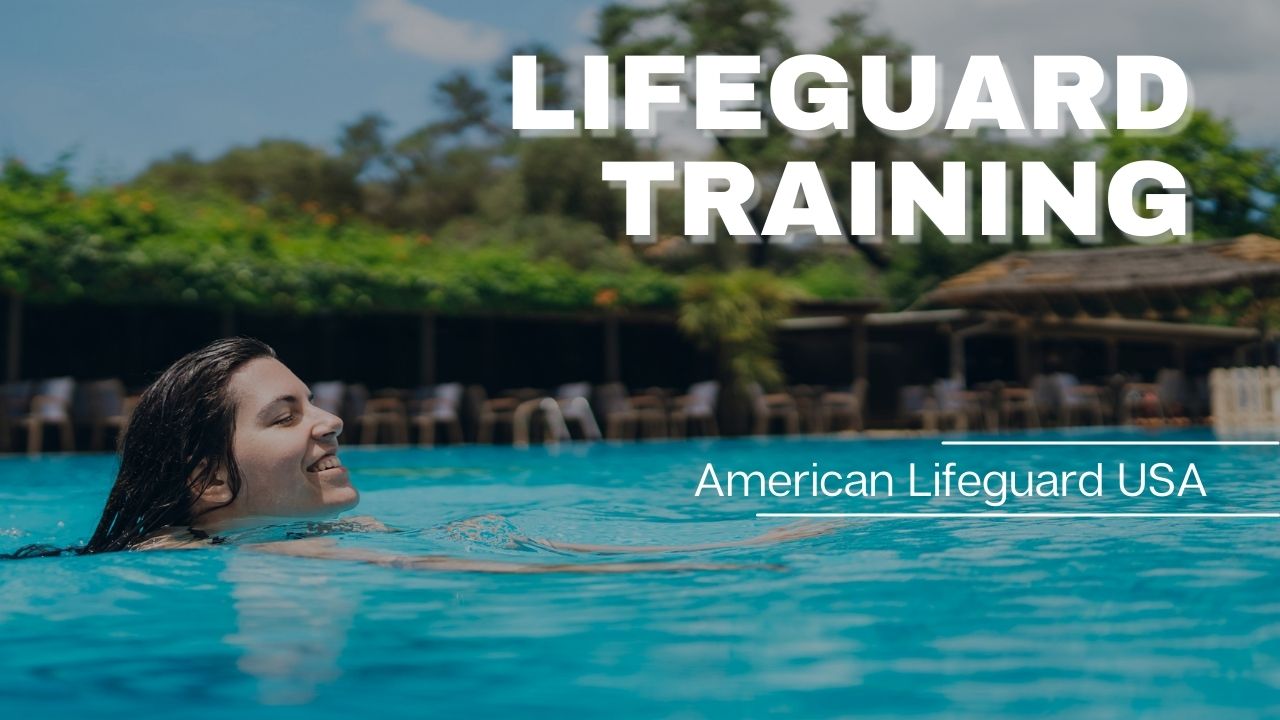
When we think of lifeguards, we often picture strong and vigilant individuals patrolling the shores of our favorite beaches or supervising crowded swimming pools. While the role of a lifeguard may seem straightforward, the importance of their training cannot be overstated.
Lifeguard training goes beyond knowing how to swim and watch over swimmers—it encompasses a broad range of skills and knowledge crucial for ensuring the safety of those in and around the water.
In this article, we will explore the significance of lifeguard training, examining the key reasons why it is vital for safeguarding lives and maintaining aquatic safety.
Preventing Drowning Incidents
Drowning is a leading cause of unintentional injury-related deaths worldwide. According to the World Health Organization (WHO), an estimated 236,000 people lose their lives to drowning every year. The alarming fact is that these deaths are preventable, and lifeguards play a pivotal role in preventing them.
Lifeguard training equips individuals with the ability to recognize signs of distress and respond swiftly and effectively. They learn how to identify struggling swimmers, perform water rescues, and administer first aid when needed. Without proper training, lifeguards would be ill-equipped to respond to emergency situations, potentially leading to tragic consequences.
Water Safety Education
Lifeguards not only act as first responders in emergencies but also serve as educators. They impart essential water safety knowledge to the public, helping individuals make informed choices when they are in or near the water. Lifeguard training provides them with the tools to educate people about the dangers of swimming in hazardous conditions, the importance of swimming in designated areas, and the risks associated with swimming under the influence of alcohol or drugs.
Additionally, lifeguards can provide instructions on basic swimming skills and water-related first aid to promote safer recreational water activities. This education can make a significant difference in reducing the number of water-related accidents.
A Quick Response to Emergencies
In a water emergency, time is of the essence. Whether it’s a swimmer in distress, a potential drowning, or other medical issues that may occur at aquatic facilities, lifeguards must respond swiftly and effectively. Lifeguard training emphasizes the development of efficient rescue and first aid techniques, ensuring that lifeguards are prepared to respond to emergencies with confidence and competence.
From using rescue equipment like lifebuoys and reaching poles to administering CPR and AED (Automated External Defibrillator) when necessary, lifeguards are trained to act decisively. Their ability to respond promptly can mean the difference between life and death.
Maintaining Order and Discipline
Crowded swimming areas can become chaotic, especially during peak seasons. Lifeguards are responsible for maintaining order and discipline to ensure the safety and enjoyment of all visitors. Through their training, lifeguards learn communication and crowd management skills that enable them to enforce rules and regulations while avoiding confrontations.
These skills are particularly valuable in preventing accidents by discouraging risky behaviors such as running around the pool, diving in shallow water, or overcrowding in the swimming area. Lifeguards provide a reassuring presence that encourages visitors to adhere to safety guidelines, reducing the likelihood of accidents.
Specialized Knowledge
Each aquatic facility is unique and comes with its own set of challenges and risks. Lifeguard training takes these variations into account, providing lifeguards with specialized knowledge for different settings. Whether they are working at a beach, pool, water park, or even in open water environments like lakes and rivers, lifeguards are trained to adapt to their specific surroundings.
They learn to recognize the unique hazards associated with each location, such as strong currents, rip tides, marine life, or submerged obstacles. This specialized knowledge is essential for making accurate assessments and taking appropriate actions in various situations.
Teamwork and Communication
Effective lifeguarding is not a solo endeavor. Lifeguards often work as part of a team, and their training instills the importance of clear communication and cooperation. During emergencies, they must be able to communicate vital information to their fellow lifeguards, supervisors, and emergency responders.
Lifeguard training teaches them how to coordinate their efforts, manage resources, and maintain situational awareness. This teamwork is crucial in handling complex emergencies or managing large crowds effectively.
Emotional Resilience
Lifeguards often encounter stressful and emotionally challenging situations. Witnessing accidents, providing first aid, and managing distressed swimmers can be emotionally taxing. Lifeguard training includes components that help individuals develop emotional resilience and the ability to cope with these situations effectively.
By learning to remain calm under pressure, lifeguards can provide better care and support to those in need. Emotional resilience is not only important for lifeguarding but is a valuable life skill that can benefit individuals in various aspects of their personal and professional lives.
Career Opportunities
Lifeguarding is not only a vital service but also a valuable career path. Lifeguard training provides individuals with a foundation of skills that can open doors to various opportunities in aquatics and public safety. Lifeguards can pursue careers as aquatic facility managers, swim instructors, water safety instructors, and even paramedics or emergency medical technicians (EMTs).
Many lifeguards also find seasonal employment opportunities at resorts, water parks, and summer camps. The skills they gain through lifeguard training enhance their employability and offer a diverse array of career prospects.
Legal Obligations
Aquatic facilities, whether public or private, have legal obligations to ensure the safety of their patrons. Employing trained lifeguards is often a requirement to meet these obligations. Failing to do so can result in severe legal consequences, including liability for accidents and injuries that occur on their premises.
Lifeguard training ensures that aquatic facilities comply with these legal obligations by providing qualified individuals who can effectively manage water safety and respond to emergencies.
In conclusion, lifeguard training is of paramount importance for numerous reasons. It not only prevents drowning incidents and educates the public about water safety but also ensures a rapid response to emergencies, maintains order and discipline, imparts specialized knowledge, fosters teamwork and communication, builds emotional resilience, and offers career opportunities. Furthermore, it helps aquatic facilities meet their legal obligations and, ultimately, contributes to creating safer environments for individuals to enjoy water activities.
As we enjoy our time in and around the water, it’s essential to remember the dedication and commitment of lifeguards who undergo rigorous training to keep us safe. Their role extends far beyond just watching over swimmers; it involves a deep understanding of water safety and the ability to respond effectively in emergencies, making lifeguard training a crucial element in safeguarding lives and promoting aquatic safety.




